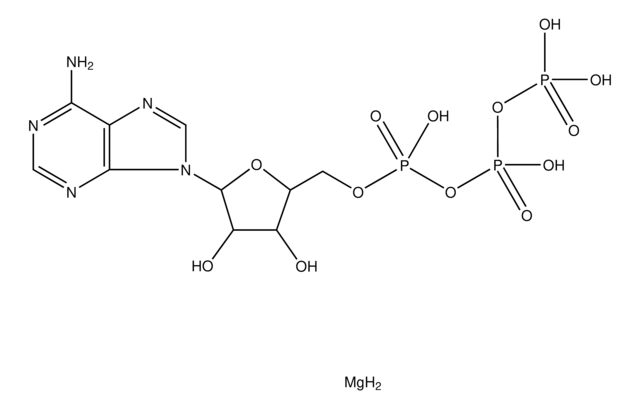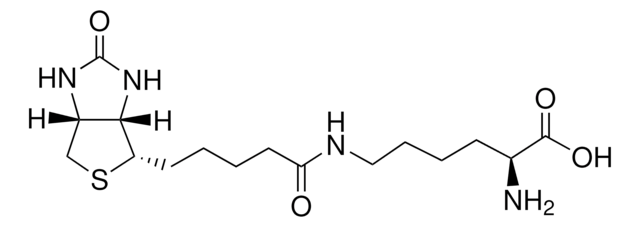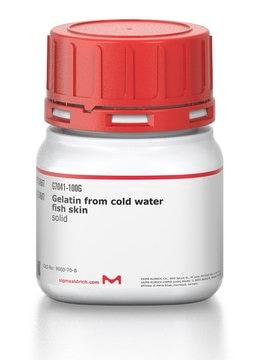M7273
Anti-Microtubule-Associated Proteins (MAPs) antibody produced in rabbit
whole antiserum
Autenticatiper visualizzare i prezzi riservati alla tua organizzazione & contrattuali
About This Item
Prodotti consigliati
Origine biologica
rabbit
Coniugato
unconjugated
Forma dell’anticorpo
whole antiserum
Tipo di anticorpo
primary antibodies
Clone
polyclonal
contiene
15 mM sodium azide
Reattività contro le specie
mammals
tecniche
western blot: 1:200
N° accesso UniProt
Condizioni di spedizione
dry ice
Temperatura di conservazione
−20°C
modifica post-traduzionali bersaglio
unmodified
Informazioni sul gene
human ... MAP2(4133) , MAPT(4137)
mouse ... Mapt(17762) , Mtap2(17756)
rat ... Map2(25595) , Mapt(29477)
Descrizione generale
Microtubule-associated protein 2 (MAP2) is a neuronal protein. It belongs to the MAP2/Tau family. This gene is located to human chromosome 2q34-q35. MAP2 is present in neurons. MAP2 is the major microtubule-associated protein of brain tissue. There are two major classes of heat stable MAPs; two are similarly sized with apparent molecular weights of 280kDa (MAP2a and MAP2b) and the third with a lower molecular weight of 70kDa (MAP2c).
Specificità
Reacts with the two major classes of heat stable MAPs (MAP2 and τ). Does not react with MAP1 or tubulin.
Immunogeno
heat stable MAPs prepared from bovine brain.
Applicazioni
Anti-Microtubule-Associated Proteins (MAPs) antibody produced in rabbit has been used in:
- immunofluorescent labelling
- immunohistochemistry
- immunoprecipitation
- immunofluorescence staining
- western blotting
Azioni biochim/fisiol
Microtubule-associated protein 2 (MAP2) interacts with microtubules to maintain the structure of dendrites. It plays a major role in supporting the actin cytoskeleton in spines, binding and nucleating filamentous actin (f-actin) to modulate spine morphology. Microtubules function as structural and mobility elements in mitosis, intracellular transport, flagellar movement and in the cytoskeleton.
Esclusione di responsabilità
Unless otherwise stated in our catalog or other company documentation accompanying the product(s), our products are intended for research use only and are not to be used for any other purpose, which includes but is not limited to, unauthorized commercial uses, in vitro diagnostic uses, ex vivo or in vivo therapeutic uses or any type of consumption or application to humans or animals.
Non trovi il prodotto giusto?
Prova il nostro Motore di ricerca dei prodotti.
Codice della classe di stoccaggio
10 - Combustible liquids
Classe di pericolosità dell'acqua (WGK)
WGK 3
Punto d’infiammabilità (°F)
Not applicable
Punto d’infiammabilità (°C)
Not applicable
Scegli una delle versioni più recenti:
Possiedi già questo prodotto?
I documenti relativi ai prodotti acquistati recentemente sono disponibili nell’Archivio dei documenti.
Dynamic Instability of Microtubules Assembled from Microtubule-Associated Protein-Free Tubulin: Neither Variability of Growth and Shortening Rates nor ?Rescue? Requires Microtubule-Associated Proteins
Billger MA, et al.
Biochemistry, 35(42), 13656-13663 (1996)
The MAP2/Tau family of microtubule-associated proteins
Dehmelt L, et al.
Genome Biology, 6(1), 1-10 (2005)
Increased Phosphorylation of Ca/Calmodulin-dependent Protein Kinase II and Its Endogenous Substrates in the Induction of Long Term Potentiation
Fukunaga K, et al.
Test, 270(11), 6119-6124 (1995)
Expression of multiple functional chemokine receptors and monocyte chemoattractant protein-1 in human neurons
Coughlan CM, et al.
Neuroscience, 97(3), 591-600 (2000)
J H Holstein et al.
British journal of pharmacology, 154(5), 1055-1062 (2008-05-06)
The immunosuppressive drug rapamycin (RAPA) prevents rejection in organ transplantation by inhibiting interleukin-2-stimulated T-cell division. Rapamycin has also been suggested to possess strong anti-angiogenic activities linked to a decrease in production of vascular endothelial growth factor (VEGF). Angiogenesis and VEGF
Il team dei nostri ricercatori vanta grande esperienza in tutte le aree della ricerca quali Life Science, scienza dei materiali, sintesi chimica, cromatografia, discipline analitiche, ecc..
Contatta l'Assistenza Tecnica.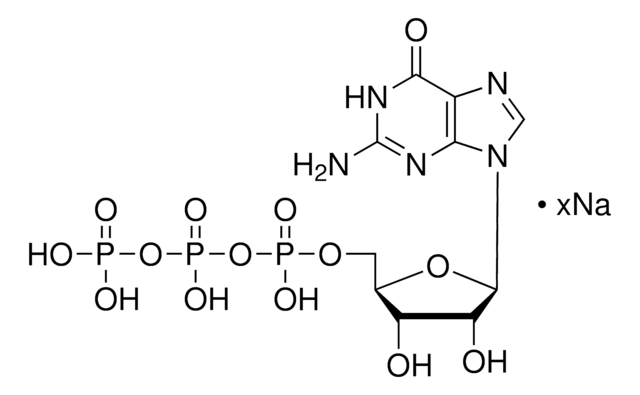


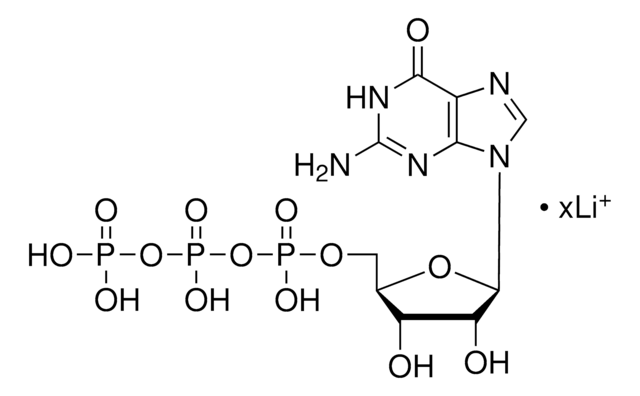
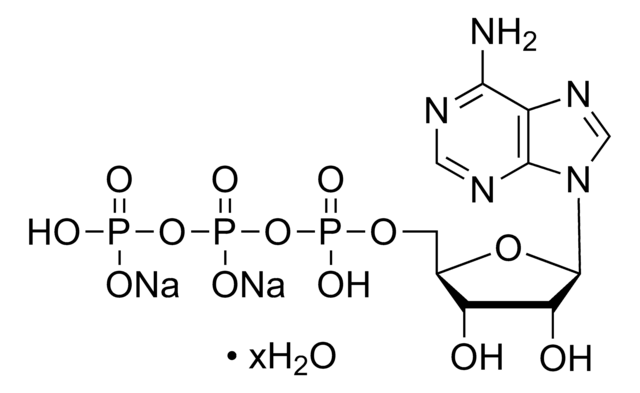
![Guanosine 5′-[γ-thio]triphosphate tetralithium salt ≥90% (contains < 10% GDP, HPLC), powder](/deepweb/assets/sigmaaldrich/product/structures/131/514/e3025b6a-cb52-4818-b20f-98efac485c1a/640/e3025b6a-cb52-4818-b20f-98efac485c1a.png)
